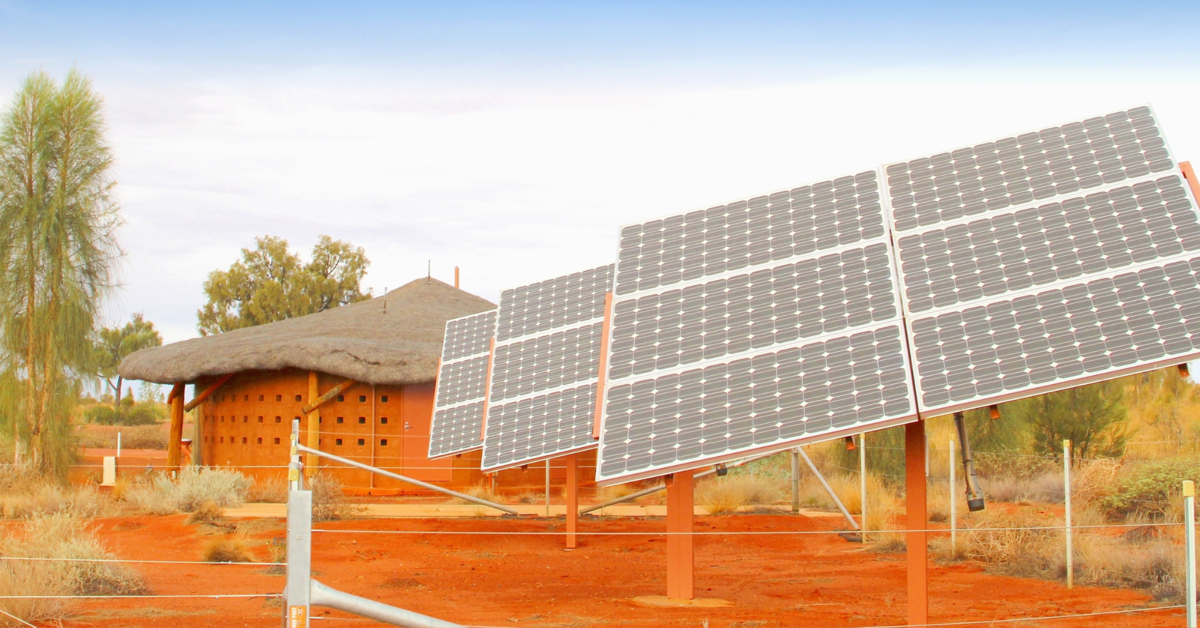Five Facts to Know: The EU Nature Restoration Law
After weeks of fierce political debates, on July 12, the European Parliament adopted its position on the European Commission’s (EC) proposal for a Nature Restoration Law (NRL).
The NRL is the EC's legally binding effort to meet commitments to put 30% of the EU’s land and sea under protection after 2020 voluntary targets largely failed to deliver results. The NRL proposal sets out an overarching legally binding objective for ecosystem restoration and ecosystem-specific targets and obligations set for 2050 with binding milestones by 2030 and 2040. The proposal also includes specific targets for different ecosystems such as forests, urban, and agriculture.
While the NRL is the first EU-wide law, its importance goes well beyond the setting of binding targets for nature restoration. The key debate behind the NRL is how and if the EU will proceed with the implementation of the European Green Deal and its sustainability policies. With key policymakers, such as French President Emmanuel Macron, already calling for a “regulatory break” to help industry digest the latest sustainability legislation, the adoption or rejection of the NRL will have both regional and global implications for businesses.
Here are five facts to know about the Nature Restoration Law:
1. The NRL is a legally binding measure that would align the EU with the global biodiversity framework.
The NRL is the first EU-wide comprehensive law of its kind, requiring Member States to implement legally binding measures to put the EU’s degraded ecosystems on the path to recovery. The proposed regulation sets out an overarching objective for ecosystem restoration and ecosystem-specific targets and obligations set for 2050 as well as binding milestones by 2030 and 2040. The proposed regulation would also align the EU with the Kunming-Montreal Global Biodiversity Framework, including its 23 targets for 2030 and four goals for 2050.
Beyond targets based on existing legislation, the proposal adds targets for pollinating insects, forest ecosystems, urban ecosystems, marine ecosystems, river connectivity, and agricultural ecosystems. For example, the proposal requires Member States to put in place restoration measures on drained peatlands, which should be 30% restored by 2030 and 70% by 2050. Furthermore, 10% of the EU’s agricultural land must be occupied by high diversity landscape features by 2030.
2. The NRL is reigniting old tensions between the agricultural sector and environmentalist action.
Targets around agricultural ecosystems are driving the debate. Criticism has stemmed mainly from right-conservative politicians—from the European People’s Party and political groups including the European Conservatives and Reformists, Identity and Democracy, and Renew Europe—and stakeholders representing the agricultural, forestry, and fishery sectors. Opponents claim that the new rules are adding too many responsibilities, restrictions, and burdens on European farmers at a time when they are already struggling with rising costs for inputs and energy due to the pandemic and the war in Ukraine. Critics have argued that the regulation—in particular the requirement to set 10% of agricultural land aside for high diversity landscape—would impact land availability, food prices, and ultimately endanger the EU’s food security at a time when it needs to be strengthened.
Other critics include several EU Member States that echoed concerns over food security, namely Ireland, Belgium, the Netherlands, Denmark, Austria, Romania and Poland, all of which are traditional farming strongholds in the EU.
3. The NRL was rejected by three committees—and substantially compromised—before parliament reach an agreement
After being rejected by three separate EU parliamentary committees—agriculture, environment, and fisheries—MEPs finally reached an agreement on July 12 on the European Parliament’s Report, which defines the position of the Parliament on the legislative proposal. While supporters of the legislation narrowly managed to stop the conservative coalition from rejecting the law, the positive vote came with substantial compromise to the ambitions of the NRL. MEPs completely deleted provisions related to the restoration of agricultural ecosystems and to “Access to Justice,” which would have provided for the possibility of civil society taking legal action against Member States for any perceived failure to implement National Restoration Plans. In addition, MEPs agreed to delay the implementation of the NRL until the Commission provides scientific data on the necessary conditions to guarantee long-term food security. The Parliament’s position also includes the possibility of postponing the targets under exceptional socio-economic circumstances—such as a rise in average food prices, a reduction in total EU food production, or rollout of renewable energy projects—and includes a call to increase EU funding to compensate farmers, which should be in addition to the payments under the Common Agricultural Policy, whose budget covers 31% of the total EU budget.
4. The EP vote is not the end of the road—negotiations on the final legislation are expected to be divisive and protracted.
The position agreed upon by the European Parliament will form the basis for its position during negotiations—the so-called trilogue negotiations—with the European Commission and the Council of the European Union, the institution gathering and representing the 27 Member States. These are informal tripartite meetings between representatives of the three institutions with the purpose of reaching an agreement on a text acceptable to both the Council and the Parliament.
A first trilogue was held on July 19. Parliament Rapporteur César Luena (Spain, S&D) has found himself in the unusual position to start negotiations with a position environmentally weaker than the Council’s, which maintained the targets as proposed by the Commission while including various flexibilities. The current Spanish Presidency, which represents the Council at the negotiation table, aims at finalizing negotiations by the end of 2023 and made the NRL one of its priorities. However, with several political groups placing the final deal on the NRL as a key point for their campaigning ahead of the European Elections, trilogue negotiations are expected to be protracted and divisive, particularly concerning issues related to agriculture.
The question of funding will drive negotiations. The Commission’s proposal did not include any additional funding to implement the NRL, but instead proposed to use existing EU schemes like the Common Agricultural Policy (CAP). However, both Council and Parliament argue that the Commission should come out with a plan to create new funding mechanisms from 2027, which will be the basis of any deal between the three institutions.
5. Negotiations will likely shape the future of the Green Deal
The NRL—and the political debate around it—has sparked considerable interest due to its potential impact on various sectors. While it has reignited old tensions between the agricultural sector and environmentalism, its significance extends beyond specific provisions, as it touches upon critical policy areas like agriculture, energy, and climate policies. The NRL has therefore become symbolic of the larger debate concerning, on one side, the ongoing implementation of the EU Green Deal and, on the other, the ambition of future sustainability policies. In fact, many stakeholders point out that the new Commission’s proposal for a Soil Monitoring Law, published in July, had its ambition tuned down to avoid the potential backlash that hit the NRL—and some major NRL opponents have positively welcomed the Soil Monitoring Law.
Despite the controversial nature of the debate, a significant portion of the industrial sector has taken a strong stance in support of the NRL. Business and financial leaders have recognized the crucial role nature plays in their operations and see the commercial prospects of embracing a nature-positive economy. Given the debate and potential impact of the NRL, industry players should keep a close eye on the final outcome of the negotiations, which may steer the EU’s course of action in developing and implementing future sustainability policies, particularly the ones addressing the agri-food sector.



